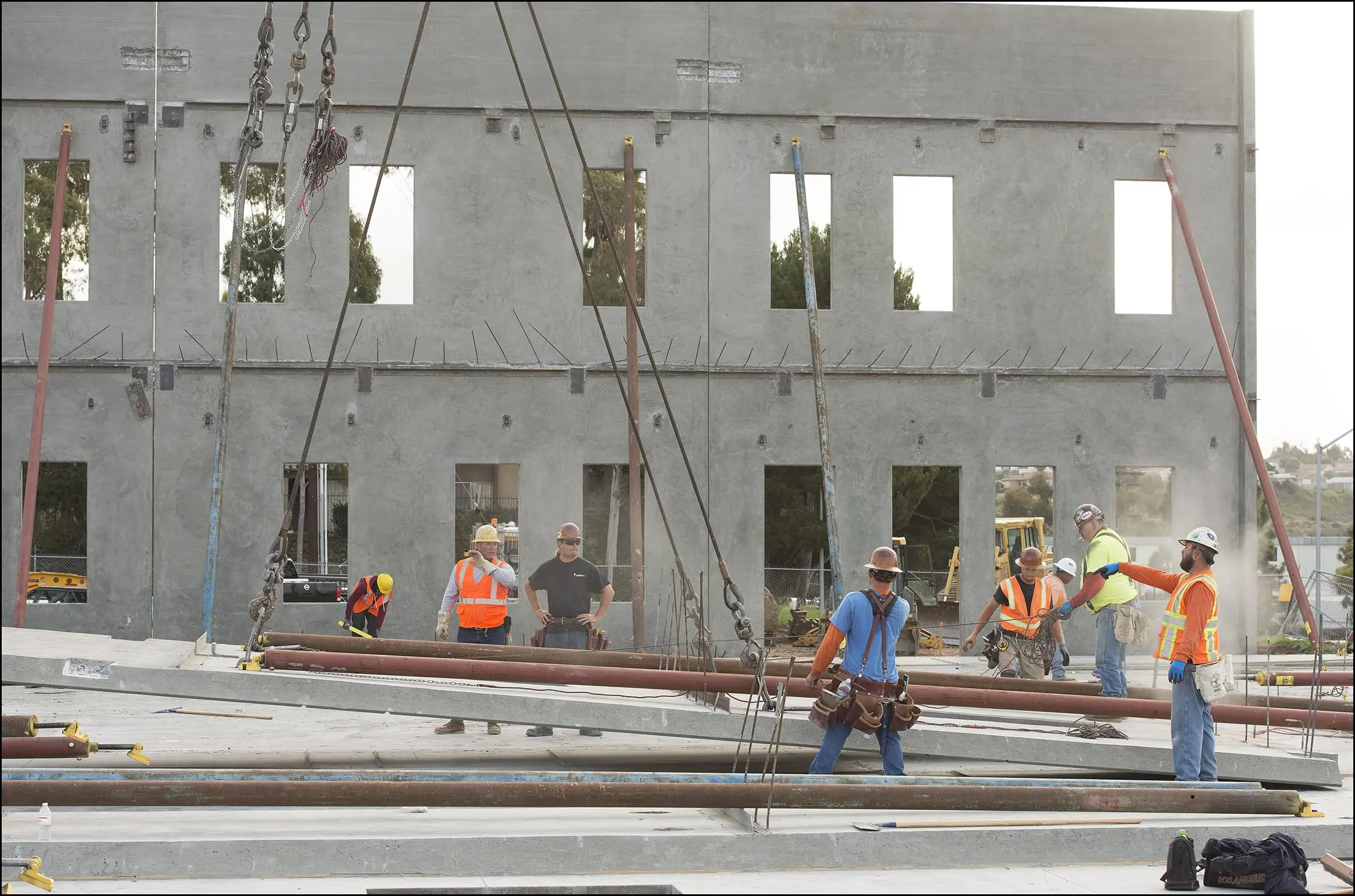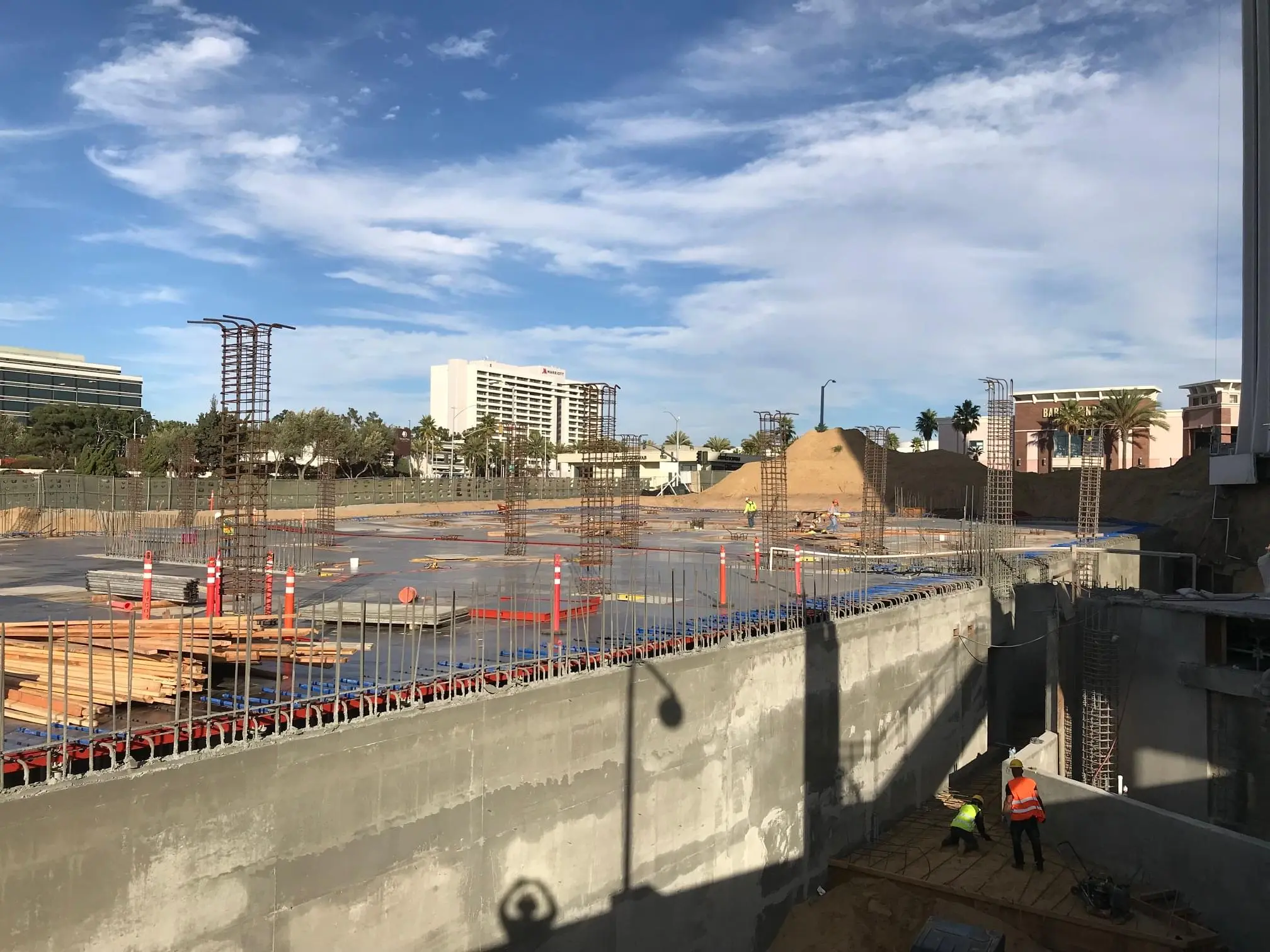Where Innovation Powers Construction
At BYCOR, we believe the synergy of people, processes, and tools is the foundation of exceptional construction. By working together, we deliver outcomes that elevate both design and execution. We leverage cutting-edge technologies that streamline workflows, reduce errors, and enable real-time design adjustments. This results in a more responsive and integrated construction experience for our clients and communities. Innovation and creativity are central to our approach, allowing us to challenge convention and explore bold new ideas. We aim not only to meet expectations but to exceed them—transforming visions into lasting, impactful spaces. At BYCOR, we’re not just building structures—we’re shaping environments that inspire and endure.
Pre-Construction
& Planning
Pre-Construction
& Planning
Site Evaluation:
- This involves assessing the physical characteristics of the site, including topography, soil conditions, existing utilities, environmental factors, and accessibility.
- It's crucial for identifying potential challenges and informing design and construction strategies.
Accurate Conceptual Budgets:
- Developing preliminary cost estimates based on initial project scope and design concepts.
- This helps stakeholders understand the financial feasibility of the project and make informed decisions.
Site Logistics Planning:
- Planning the organization and flow of materials, equipment, and personnel on the construction site.
- This includes determining laydown areas, access routes, temporary utilities, and safety measures.
- Efficient logistics are essential for minimizing delays and maximizing productivity.
Mechanical & Electrical Design Assist:
- Collaborating with the design team to optimize mechanical, electrical, and plumbing (MEP) systems.
- This involves providing constructability input, value engineering suggestions, and coordination with subcontractors.
- This helps ensure that the MEP systems are efficient, cost-effective, and meet the project's requirements.
Preliminary & Final Scheduling:
- Collaborating with the design team to optimize mechanical, electrical, and plumbing (MEP) systems.
- This involves providing constructability input, value engineering suggestions, and coordination with subcontractors.
- This helps ensure that the MEP systems are efficient, cost-effective, and meet the project's requirements.
Value Engineering/Value Analysis:
- Identifying opportunities to reduce costs or improve project value without compromising quality or functionality.
- This involves analyzing alternative materials, methods, and designs.
Subcontractor Evaluation & Selection:
- Evaluating the qualifications and capabilities of potential subcontractors.
- Selecting the most qualified and competitive subcontractors to perform specific scopes of work.
- This process is critical for ensuring quality workmanship and project success.
Permitting:
- Obtaining all necessary permits and approvals from regulatory agencies.
- This includes building permits, environmental permits, and other required approvals.
- Navigating the permitting process can be complex and time-consuming.
Final Estimates & Quotes:
- Providing a comprehensive and detailed cost estimate for the entire project.
- This includes all labor, materials, equipment, and subcontractor costs.
- The final estimate serves as the basis for the construction contract.
These services are essential for:
- Minimizing risks and uncertainties.
- Controlling costs.
- Maintaining schedules.
- Ensuring quality.
- Facilitating effective communication and collaboration among stakeholders.
By focusing on these pre-construction and planning activities, project teams can increase the likelihood of a successful and efficient construction project.

Core Construction
Operations
Construction Sequence Scheduling:
- This is the backbone of efficient project execution. It involves creating a detailed timeline of activities, dependencies, and milestones.
- Key aspects: Utilizing software (e.g., MS Project), critical path analysis, and flexibility to adapt to changes.
Subcontractor & Labor Coordination:
- Managing and coordinating the work of various subcontractors and labor forces.
- Key aspects: Clear communication, contract management, scheduling, and ensuring quality workmanship.
Project Management & Supervision:
- Overseeing all aspects of the project, from planning to completion.
- Key aspects: Leadership, decision-making, problem-solving, and ensuring adherence to plans and specifications.
Safety Management:
- Prioritizing safety on the job site to prevent accidents and injuries.
- Key aspects: Developing and implementing safety protocols, conducting safety meetings, and ensuring compliance with regulations (e.g., OSHA).
Inspection Coordination:
- Scheduling and coordinating inspections with relevant authorities and ensuring projects meet building codes and regulations.
- Key aspects: understanding local regulations, and building relationships with inspectors.
Weekly Site Meetings:
- Essential for communication and progress tracking.
- Key aspects: Reviewing progress, addressing issues, and coordinating upcoming activities.
Value Added Services
Value Engineering:
- Analyzing project designs and materials to identify cost-saving opportunities without compromising quality or functionality.
- Key aspects: identifying alternative materials, and more efficient building methods.
Project Accounting:
- Managing project finances, including budgeting, cost tracking, and invoicing.
- Key aspects: accurate record-keeping, and financial reporting.
Close-Out Manual and Punchlist:
- Providing a comprehensive document containing project information and addressing any remaining deficiencies.
- Key aspects: compiling warranties, operating manuals, and as-built drawings, and completing all outstanding work.
Potential Enhancements
& Considerations
Pre-Construction Services:
- Consider adding services like feasibility studies, design development, and permitting assistance.
Technology Integration:
- Mentioning the use of technology, such as Building Information Modeling (BIM) or project management software, can be a strong selling point.
Sustainability:
- If applicable, highlight any commitment to sustainable construction practices.
Communication:
- Emphasize clear and consistent communication with clients.
Customer service:
- A great construction company puts customer service as a high priority.
By clearly defining these services and highlighting their value, a construction company can effectively communicate its capabilities to potential clients.
